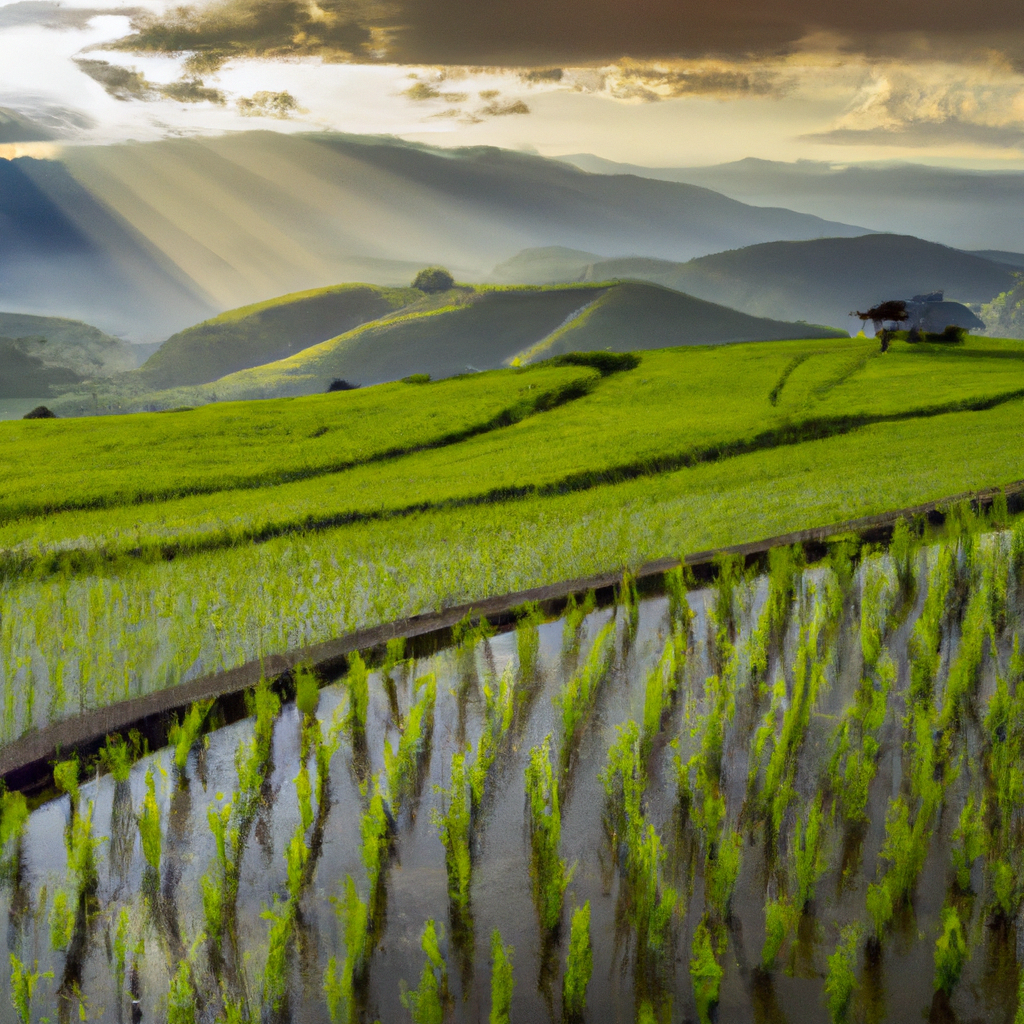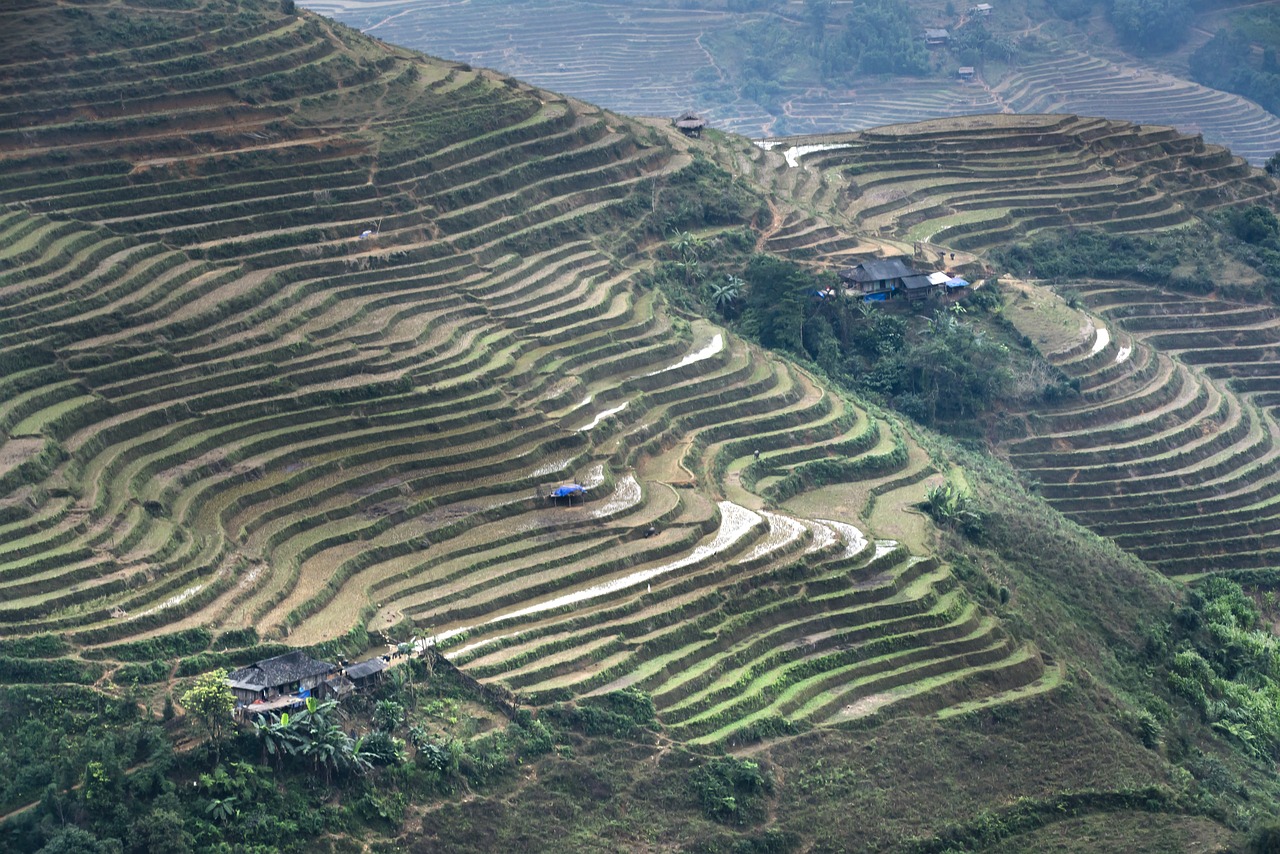Imagine yourself embarking on a breathtaking journey through Thailand’s scenic landscapes, where you’ll be captivated by the sheer beauty and serenity of the Bountiful Rice Terraces. As you traverse these magnificent terraces, witnessing the vibrant shades of green and the vast expanse of rice fields, you’ll not only immerse yourself in the unparalleled beauty of nature but also gain insight into the rich cultural heritage of Thailand. But this journey isn’t just about visually stunning landscapes; it’s also a chance to explore the enchanting cities of Thailand, tantalize your taste buds with exquisite Thai cuisine, and bask in the sun on the idyllic beaches that dot this incredible country. The Bountiful Rice Terraces of Thailand invite you to embark on a truly unforgettable adventure, where beauty and tranquility await at every turn.
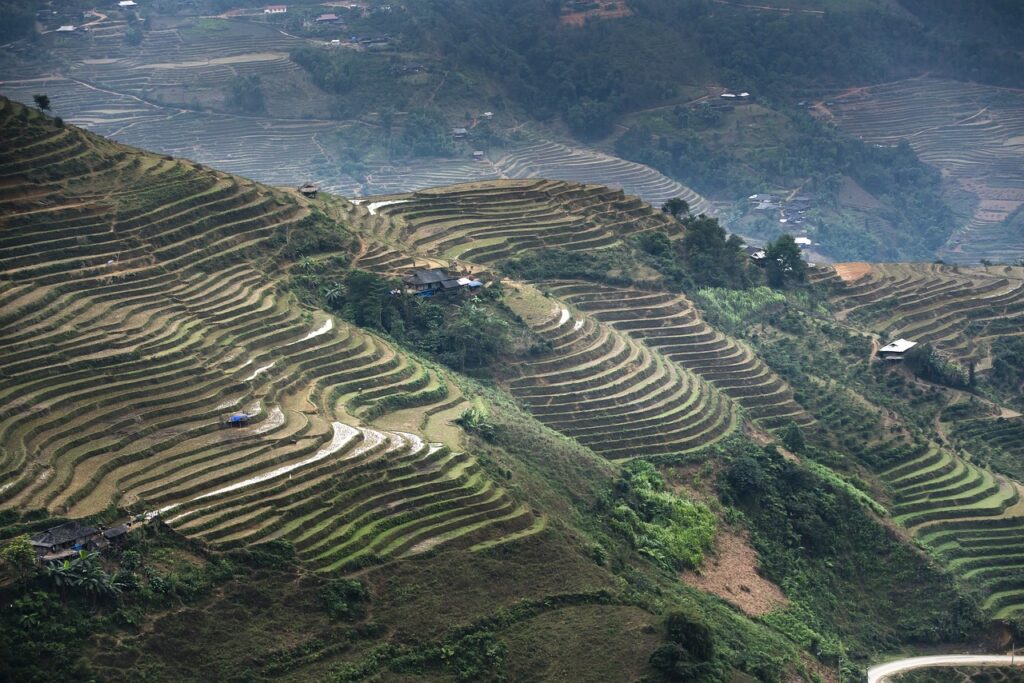
History of Rice Terraces in Thailand
Ancient Origins of Rice Cultivation
The history of rice terraces in Thailand can be traced back to ancient times. Rice cultivation has been a vital part of Thai society for centuries, with evidence of its cultivation dating back to as early as 4000 BC. The ancient people of Thailand, particularly those living in the river valleys, discovered the benefits of growing rice in terraced fields. They realized that by creating these terraces, they could efficiently manage the flow of water and maximize the use of the fertile land. This ancient practice laid the foundation for the impressive rice terrace landscapes we see today.
Adoption of Terracing Techniques
Over the years, as Thai society evolved, so did their approach to rice cultivation. The adoption of terracing techniques was a significant development in the growth of rice terraces in Thailand. Thai farmers learned from their ancestors and incorporated innovative methods to improve their farming practices. They observed the advantages of building step-like platforms on hillsides to prevent erosion, control water runoff, and enhance soil fertility. These techniques proved to be highly effective in cultivating rice and led to the expansion of rice terraces across the country.
Impact of Rice Terraces on Thai Society
The rice terraces of Thailand have had a profound impact on the country’s society and culture. Rice is not just a staple food in Thailand; it is a symbol of prosperity, sustenance, and unity. The cultivation of rice in terraces has not only provided a reliable food source for the Thai people but has also shaped their way of life. The labor-intensive process of rice farming has fostered a strong sense of community and collaboration among farmers. The rice terraces have become a central aspect of Thai identity and play a significant role in various cultural traditions and celebrations.
Geographical Distribution of Rice Terraces
Northern Thailand
Northern Thailand is home to some of the most majestic and picturesque rice terraces in the country. The region’s mountainous landscape provides the perfect backdrop for these stunning agricultural landscapes. Within this region, the provinces of Chiang Mai, Mae Hong Son, and Lampang stand out for their remarkable rice terraces.
Chiang Mai Province
Chiang Mai Province is renowned for its sprawling rice terraces that stretch across the valleys and slopes of the region. The terraces in Chiang Mai showcase the ingenuity of the local farmers who have meticulously crafted these terraces on hilly terrain. The vibrant green hues of the rice paddies juxtaposed against the surrounding mountains create a captivating vista.
Mae Hong Son Province
Mae Hong Son Province is another gem in Northern Thailand’s rice terrace landscape. The terraces in this province are a marvel to behold, with their precision and beauty. The terracing techniques employed by the farmers here are a testament to their skill and dedication to preserving this ancient tradition. Exploring the terraces of Mae Hong Son is like stepping into a postcard-worthy scene.
Lampang Province
Lampang Province, though less known to tourists, boasts a unique charm when it comes to rice terraces. The gently sloping hills of Lampang are dotted with terraced fields that create a mesmerizing pattern against the horizon. The terraces in Lampang showcase the diversity and versatility of rice cultivation techniques in Thailand.
Northeastern Thailand: The Cultural Splendor of Isan Terraces
Nakhon Ratchasima Province
In the northeastern region of Thailand, Nakhon Ratchasima Province stands out for its cultural splendor and scenic rice terraces. The terraces here exhibit a more traditional and rustic charm, harkening back to the origins of rice cultivation. The local farmers in Nakhon Ratchasima have preserved age-old techniques, ensuring the sustainability and beauty of their terraced fields.
Khon Kaen Province
Khon Kaen Province is another treasure trove of rice terraces in northeastern Thailand. The terraces in this province offer a glimpse into the daily lives of the hardworking farmers. The terraced fields tell a story of generations of farmers committed to preserving their cultural heritage and ensuring the livelihoods of their communities.
Surin Province
Surin Province is known for its breathtaking rice terraces and the cultural heritage of the Surin people. The terraces in this province showcase the intricate knowledge and skill possessed by the local farmers. Surrounded by lush greenery, the terraces of Surin are a testament to the symbiotic relationship between humans and nature.
Southern Thailand: Beyond Beaches and Islands
Krabi Province
When one thinks of Southern Thailand, pristine beaches and crystal-clear waters usually come to mind. However, the region is also home to some lesser-known rice terraces that offer a refreshing contrast to the coastal landscapes. Krabi Province is one such hidden gem, where you can find terraced rice fields nestled amidst the limestone cliffs and emerald jungles.
Trang Province
Trang Province may not be as well-known as its neighboring provinces, but it is equally rich in natural beauty and cultural heritage. The rice terraces here exude a sense of tranquility, as they harmonize with the surrounding landscape. Trang Province offers a unique opportunity to explore the less-explored side of Southern Thailand and immerse yourself in the splendor of its rice terraces.
Surat Thani Province
Surat Thani Province is famous for being the gateway to popular tourist destinations like Koh Samui and Koh Phangan. However, few know that this province also possesses stunning rice terraces that showcase the region’s agricultural prowess. Surat Thani’s terraces offer a glimpse into the lives of the local farming communities and serve as a reminder of the diverse offerings of Southern Thailand.
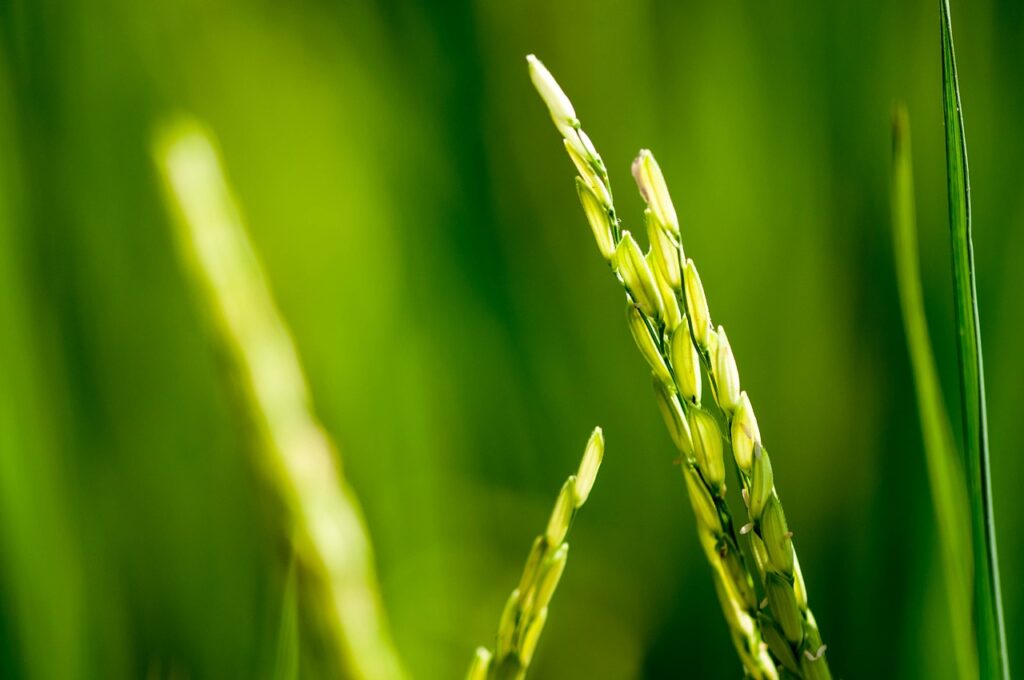
Conservation and Sustainable Farming Practices
Preserving Traditional Terrace Farming
As rice farming practices evolve and modernize, there is a growing need to preserve the traditional terrace farming techniques that have been passed down through generations. Local communities and organizations in Thailand are actively working towards maintaining the integrity of these terraces and ensuring their sustainability. By preserving traditional terrace farming, not only are they protecting a cultural heritage, but they are also safeguarding the environment and maintaining the natural beauty of Thailand.
Integrating Modern Agricultural Techniques
In addition to preserving tradition, there is also a need to integrate modern agricultural techniques into rice terrace farming. By embracing technology and scientific advancements, farmers can enhance their productivity and sustainability while still preserving the essence of terrace farming. Techniques such as precision farming, water management systems, and organic farming practices can be implemented to optimize yields, conserve resources, and reduce environmental impacts.
Community-Based Tourism Initiatives
Rice terraces have now become a significant attraction for tourists in Thailand. To ensure the long-term viability of these terraces, community-based tourism initiatives have emerged. These initiatives focus on engaging tourists in sustainable and responsible practices, offering cultural experiences, and providing economic benefits to local communities. Visitors can participate in activities such as rice planting, traditional rice processing, and interacting with local farmers, fostering a deeper understanding and appreciation for the rice terrace landscapes and the communities that sustain them.
Thailand’s Rice Terraces and Local Communities
Ethnic Hill Tribes and Indigenous Cultures
The rice terraces in Thailand are not just a testament to agricultural ingenuity but also a reflection of the diverse ethnic hill tribes and indigenous cultures that inhabit the regions. These communities have played a vital role in the preservation and cultivation of rice terraces for centuries. Exploring the rice terrace regions of Thailand provides an opportunity to interact with these communities, learn about their unique cultures, and witness their traditional way of life.
Cultural Experiences and Homestays
For those seeking immersive cultural experiences, staying in a homestay within a rice terrace community is an excellent option. Homestays offer visitors a chance to live with local families, participate in their daily activities, and gain insight into the rich traditions and customs associated with rice farming. Whether it’s sharing meals, learning traditional dances, or trying your hand at rice planting, a homestay experience provides an authentic and unforgettable glimpse into the lives of the people who call these terraces home.
Economic Benefits for Local Communities
The development of rice terraces as tourist attractions has brought about significant economic benefits for local communities. Tourism generates income for farmers through homestays, guided tours, and the sale of locally-produced goods. This economic boost has not only improved the standard of living for the communities but also incentivized the preservation and maintenance of the rice terraces. The sustainable growth of tourism ensures that the benefits of this industry reach the local level, contributing to the overall well-being and development of the communities.
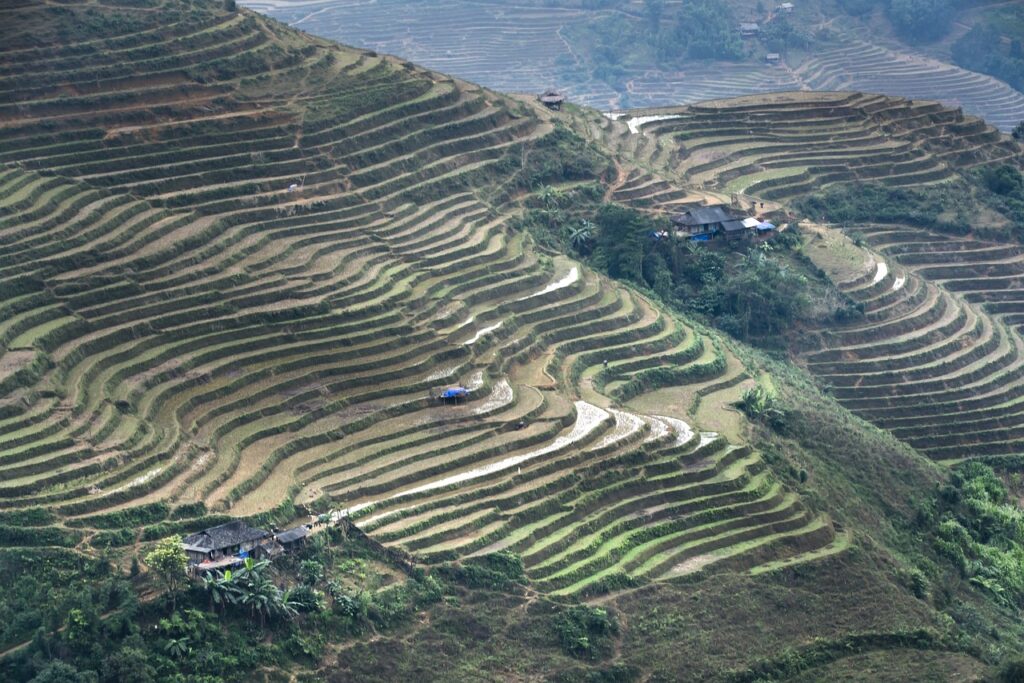
Eco-Tourism and Adventure Activities
Hiking and Trekking
The rice terrace regions of Thailand provide ample opportunities for hiking and trekking enthusiasts. Trails wind through the terraces, offering breathtaking views and a chance to immerse oneself in the beauty of nature. Whether hiking along the ridges of the terraced fields or trekking to nearby viewpoints, the serenity and tranquility of these landscapes make for a remarkable adventure.
Cycling and Motorbike Tours
For those looking to explore the rice terrace regions at a leisurely pace, cycling and motorbike tours offer an ideal way to soak in the scenery. Pedal through the winding roads, passing by terraces, and uncovering hidden gems along the way. The freedom and flexibility of cycling or motorbike tours allow you to venture off the beaten path and discover the less-explored corners of Thailand’s rice terrace regions.
Rafting and River Cruises
In some rice terrace regions, such as those near rivers and waterways, water-based activities like rafting and river cruises provide a unique perspective on the landscapes. Glide through calm waters, passing by terraces that seemingly cascade down the hillsides. These activities offer a refreshing contrast to the terrestrial exploration and provide a chance to appreciate the intricate relationship between water and rice cultivation.
Mouth-Watering Cuisine of the Rice Terrace Regions
Signature Rice Dishes
It comes as no surprise that the rice terrace regions of Thailand are known for their exquisite rice dishes. Local cuisines heavily feature the staple ingredient, highlighting the diverse ways rice can be prepared and enjoyed. From fragrant jasmine rice served alongside flavorful curries to sticky rice wrapped in banana leaves, the culinary traditions of these regions beautifully complement the agricultural landscapes they are cultivated in.
Local Produce and Ingredients
Beyond the rice itself, the rice terrace regions boast an abundance of fresh and locally-sourced produce and ingredients. Tropical fruits, aromatic herbs, and vegetables grown in the fertile soil add vibrant flavors and colors to the regional dishes. The proximity to nature allows for a farm-to-table experience, where you can savor the freshness and taste the difference in every bite.
Farm-to-Table Experiences
Farm-to-table experiences are a delightful way to immerse yourself in the culinary delights of the rice terrace regions. Joining a cooking class or dining at local restaurants that prioritize locally-sourced ingredients allows you to appreciate the rich flavors and the connection between the land and the plate. From visiting organic farms to understanding traditional cooking techniques, these experiences offer a holistic understanding of the agricultural and gastronomic heritage of Thailand.
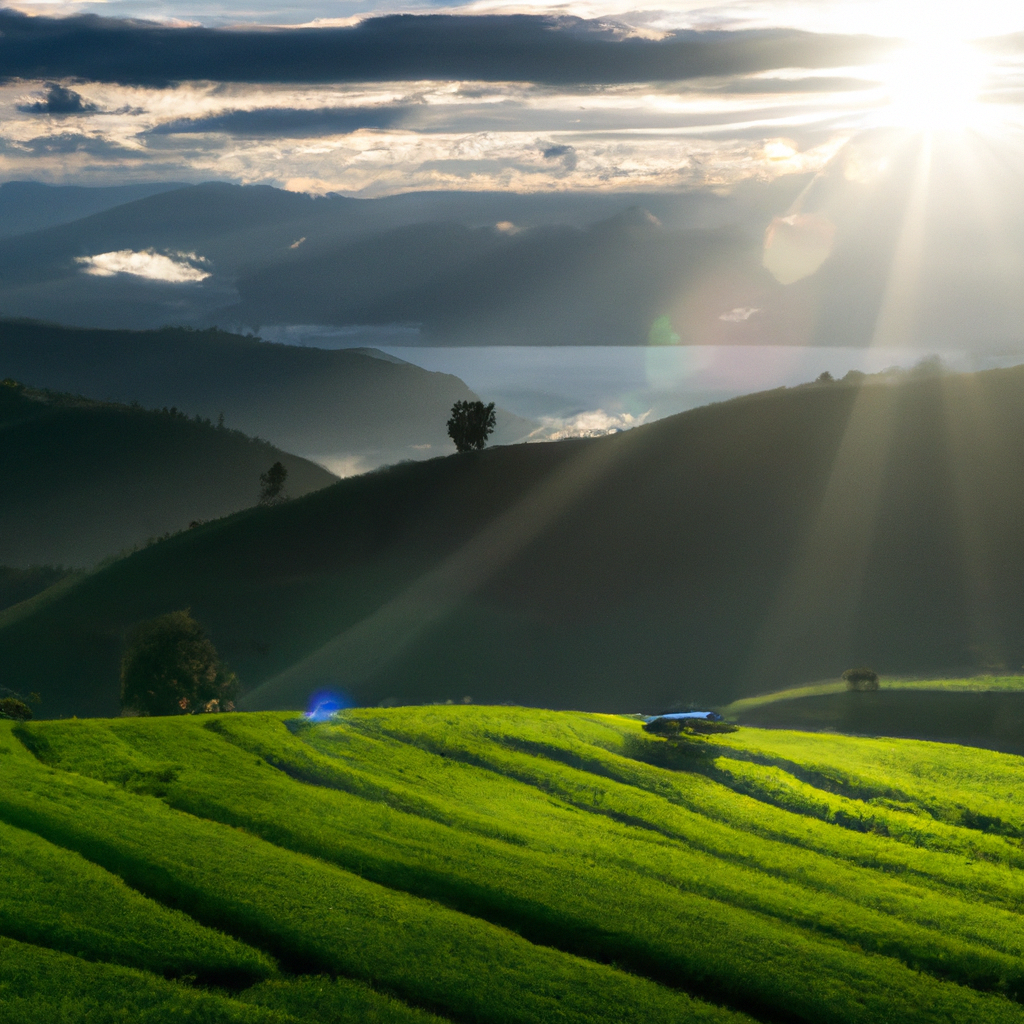
Exploring Nearby Tourist Attractions
Historical Temples and Monuments
While the rice terraces in Thailand take center stage, it is worth considering the surrounding tourist attractions that can enrich your journey. Many rice terrace regions are dotted with historical temples and monuments, allowing visitors to explore the cultural and architectural wonders of Thailand. Whether it’s the ancient temples of Chiang Mai, the Khmer ruins of Isan, or the beautifully crafted pagodas of Southern Thailand, these attractions provide a deeper understanding of the country’s rich history and spiritual traditions.
Nature Reserves and National Parks
For nature enthusiasts, the rice terrace regions are gateways to some of Thailand’s most stunning natural landscapes. From national parks like Doi Inthanon in Chiang Mai and Khao Yai in Nakhon Ratchasima to nature reserves like Thung Salaeng Luang in Phitsanulok, there are numerous opportunities to explore the biodiversity and pristine beauty of Thailand. Trek through lush forests, marvel at majestic waterfalls, and spot unique flora and fauna in these protected areas.
Off-the-Beaten-Path Villages
Venturing off the typical tourist path is a rewarding experience in the rice terrace regions. A visit to the lesser-known villages surrounding the terraces allows you to connect with the local communities and witness their everyday lives. These villages often offer a glimpse into traditional craftsmanship, such as weaving, pottery, or traditional music. Exploring these off-the-beaten-path villages provides a more intimate and authentic encounter with Thailand’s rural charm.
Rice Terraces and Sustainability in a Changing Climate
Climate Change Challenges
As the world grapples with the impact of climate change, rice terrace farming in Thailand faces its own set of challenges. Changing rainfall patterns, increased temperatures, and natural disasters pose risks to the sustainability and productivity of the terraces. Farmers must adapt their agricultural practices to mitigate these challenges and protect their livelihoods.
Adaptation and Resilience Strategies
To ensure the resilience of rice terraces in the face of a changing climate, Thai farmers and communities are implementing adaptation strategies. These strategies include the development of drought-resistant rice varieties, water management techniques, and soil conservation practices. By embracing innovative approaches and knowledge-sharing, farmers are equipping themselves to overcome the hurdles posed by climate change and safeguarding the future of rice terrace farming.
Innovative Rice Farming Techniques
In addition to adaptation strategies, there is a growing emphasis on the development and adoption of innovative rice farming techniques. From utilizing precision farming technologies to implementing agroforestry practices, Thai farmers are exploring new methods to increase productivity while minimizing environmental impacts. These innovative techniques aim to strike a balance between sustainable farming practices and the preservation of the centuries-old traditions that define rice terrace landscapes.
The rice terraces of Thailand stand as both natural wonders and cultural treasures. They are a testament to the ingenuity and resilience of the Thai people and their deep connection to the land. As visitors explore these breathtaking landscapes, they are presented with the opportunity to witness the harmony between humans and nature, indulge in delicious cuisine, engage with local communities, and contribute to the sustainability and preservation of these magnificent rice terraces. A journey through Thailand’s rice terraces is a journey through the heart and soul of a nation.
